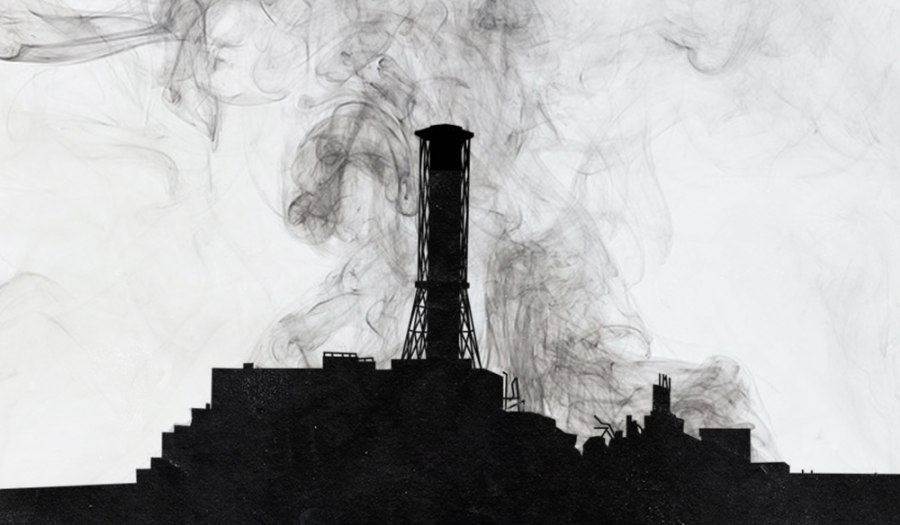
HBO’s miniseries “Chernobyl,” which premiered in 2019, captivated audiences worldwide with its harrowing depiction of the 1986 Chernobyl nuclear disaster. Created by Craig Mazin and directed by Johan Renck, the series combines historical accuracy with powerful storytelling, shedding light on one of the worst man-made catastrophes in history. This article delves into the series’ portrayal of events, its historical accuracy, and its cultural and social impact.
Plot Overview
“Chernobyl” meticulously chronicles the events leading up to, during, and after the explosion at Reactor 4 of the Chernobyl Nuclear Power Plant. The series begins with the immediate aftermath of the explosion on April 26, 1986, and follows the efforts of scientists, government officials, and workers as they try to understand the disaster, contain the radioactive fallout, and prevent further catastrophe. Central to the narrative are the characters of Valery Legasov, a scientist who becomes one of the first to grasp the severity of the situation, and Boris Shcherbina, a Soviet politician initially assigned to manage the crisis.
Historical Accuracy
One of the most lauded aspects of “Chernobyl” is its commitment to historical accuracy. The series painstakingly recreates the look and feel of the Soviet Union in the 1980s, from the uniforms and technology to the architecture and social dynamics. The creators consulted with historians and scientists to ensure the technical details were correct, although some dramatic liberties were taken for the sake of narrative cohesion and emotional impact.
- Characters: While some characters, like Legasov and Shcherbina, were real people, others were composites. For instance, Ulana Khomyuk, portrayed by Emily Watson, is a fictional character representing the many scientists who worked tirelessly to uncover the truth about the disaster.
- Events: The depiction of key events, such as the initial explosion, the firemen’s struggle to control the blaze, and the eventual sarcophagus construction, aligns closely with historical records. However, some timelines and interactions were altered to streamline the story.
- Radiation Effects: The series does not shy away from showing the gruesome effects of acute radiation syndrome (ARS) on first responders and plant workers. These portrayals, while graphic, are grounded in medical reality, illustrating the devastating impact of high doses of radiation.
Themes and Messages
“Chernobyl” explores several themes, including the dangers of secrecy and misinformation, the heroism of ordinary people, and the hubris of technological advancement without proper safety measures. The series highlights how the Soviet government’s initial denial and attempts to downplay the disaster exacerbated the situation, ultimately leading to greater loss of life and environmental damage. This criticism extends beyond the Soviet context, serving as a cautionary tale about the potential consequences of governmental opacity and negligence.
Cultural and Social Impact
Upon its release, “Chernobyl” received widespread acclaim from critics and audiences alike. It won numerous awards, including Golden Globes and Primetime Emmys, and sparked renewed interest in the actual events of the Chernobyl disaster. The series also had a significant cultural impact, leading to increased tourism to the Chernobyl Exclusion Zone and renewed discussions about nuclear safety and energy policy.
- Public Awareness: The show educated a new generation about the Chernobyl disaster, many of whom were not alive at the time. It highlighted the bravery of those who risked their lives to contain the disaster and brought attention to the long-term environmental and health effects still felt today.
- Historical Debate: While largely praised for its accuracy, the series also sparked debates among historians and survivors about its portrayal of certain events and characters. Some argued that it emphasized Western perspectives and oversimplified complex Soviet-era issues.
- Nuclear Policy: “Chernobyl” reignited discussions about nuclear energy and its risks. As countries continue to debate the role of nuclear power in combating climate change, the series serves as a stark reminder of the potential dangers and the importance of stringent safety protocols.
How to Watch “Chernobyl”
In the United States, HBO’s “Chernobyl” can be accessed through several platforms:
- HBO Max: The series is available for streaming on HBO Max, HBO’s streaming service. Subscribers can watch all episodes on demand.
- HBO Channel: The miniseries occasionally airs on the HBO cable channel. Check the HBO schedule for specific air times.
- Digital Purchase: “Chernobyl” can be purchased through digital platforms such as Amazon Prime Video, Apple iTunes, Google Play, and Vudu. These platforms offer both individual episodes and the complete series for purchase.
- DVD/Blu-ray: For those who prefer physical media, “Chernobyl” is available on DVD and Blu-ray, which can be purchased from retailers like Amazon, Best Buy, and Walmart.
